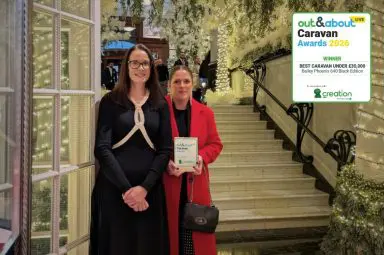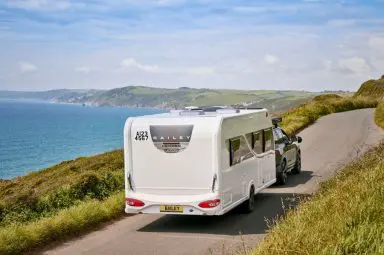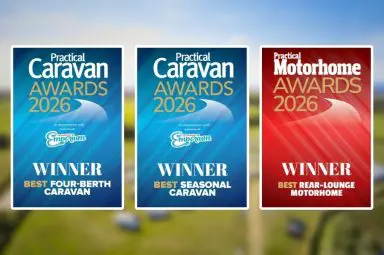Use your caravan central heating to stay warm all winter
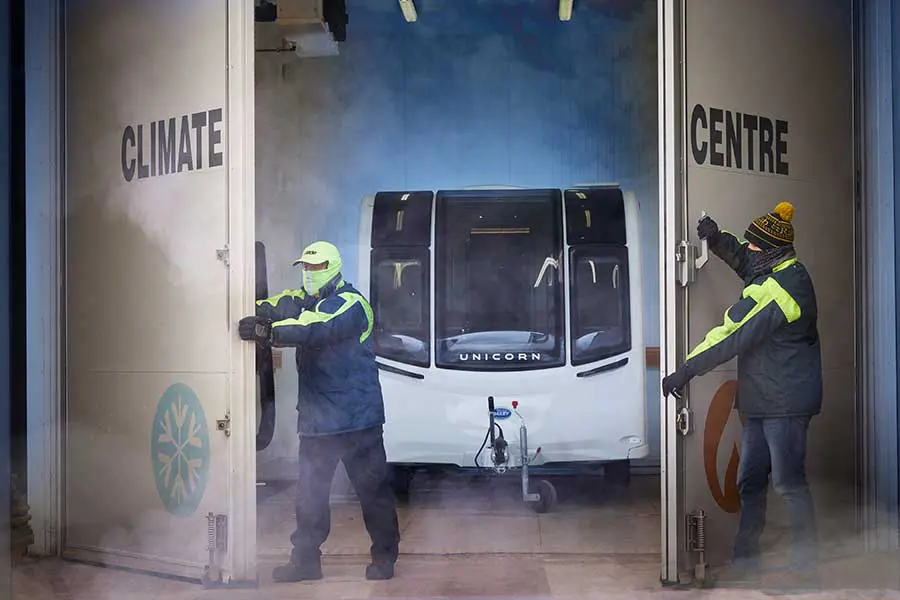
British weather in the winter can often throw rain, hail, sleet or even snow our way, so those looking to purchase a new vehicle might question if their new caravan or motorhome will be suitable to holiday in during all four seasons.
Fortunately, with modern caravans or motorhomes there is no need to be cold and it’s completely possible to use your vehicle all year round.
The 2022 ranges of leisure vehicles from motorhome and caravan manufacturer Bailey of Bristol have several lines of protection against the elements to ensure that all owners can enjoy their holidays wherever and whenever they choose to go.
This article will guide you through:
What is Alu-Tech and how does it help keep you warm?
All Bailey caravans and motorhomes are built using the Alu-Tech construction method which uses a unique interlocking aluminium framework to clamp the body panels together.
Compared to previous construction methods, it reduces the number of external joints and fixing points and uses thicker, better insulated panels cloaked in impact resistant GRP (Glass Reinforced Plastic) to improve the thermal performance of the bodyshell in all seasons.
This construction method helps improve structural integrity and thermal insulation, and as a result, all caravans and motorhomes built with our Alu-Tech construction system have achieved the highest thermal insulation classification (Grade III for EN1645-1 & EN1646-1). This helps Alu-Tech keep you warm in the winter and cool in the summer while also making your vehicle more economical to own.
What is cold chamber testing and how does it help your vehicle be 4-season ready?
All new Bailey vehicle ranges are subjected to cold chamber tests, which ensure that our caravans and motorhomes are true four-season vehicles that can be used in all weather conditions.
Most recently, we tested our new Unicorn V range to Grade III. You can read more about this testing process in our blog post here.
During cold chamber testing, five probes monitor a vehicle’s centre and each corner before it is ‘soaked’ overnight at -15 °C to ensure that every part has dropped to the hyperthermia-inducing temperature.
The vehicle is then heated using the onboard central heating system and must reach a temperature of at least 10 °C within a specific duration to gain the correct thermal classification.
While our Alu-Tech bodyshell’s market-leading thermal properties give our products a significant advantage in this area, Bailey also works closely with our heating system suppliers in the sub-zero temperatures to ensure we achieve the best possible results.
The heating systems used in Bailey caravans and motorhomes
Each Bailey touring caravan or motorhome uses one of two types of heating; the Truma Combi heating system or the Alde Hydronic Compact 3020.
Both these motorhome and caravan heating and hot water systems are used by many manufacturers in the industry and so are well known across the different caravan brands. You can find more details on the exact system fitted to each vehicle on the model pages or in our brochure or continue reading below for a very basic explanation of the difference between the two types.
Truma Combi heating
The first heating system we use is the Truma Combi heating system. This system combines two functions in one appliance – heating the water in your boiler and also heating the caravan or motorhome itself, utilising distribution via air outlets. The Truma Combi heater is known as a blown air heating system.
Alde Hydronic Compact 3020
The second heating system we use is the Alde Hydronic Compact 3020 – a radiator heating system similar to the central heating system that many people have at home.
The Alde Hydronic is a ‘wet heating system’ because it works by heating a fluid mixture and circulating it through pipes and convectors throughout the vehicle.
Air is pulled into the vehicle and heated by the convectors along the outer walls. This air rises and circulates through the van to warm the space. The Alde system also heats the boiler.
You can find more information on both of these heaters on the Truma and Alde websites.
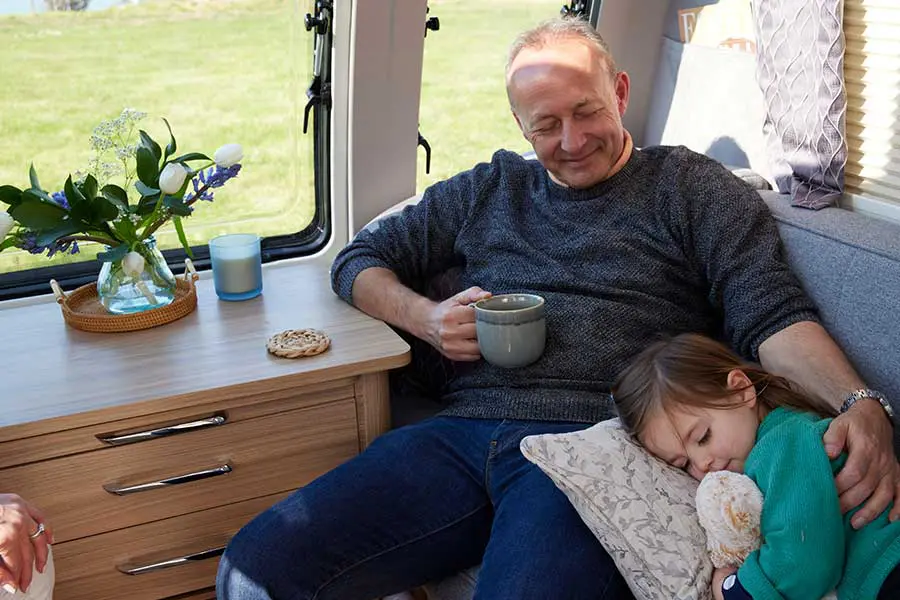
How our caravans and motorhomes stood up to the harsh conditions of their Arctic Adventure in 2017
To prove just how effective at dealing with cold conditions Bailey vehicles are, in 2017 we demonstrated how the Alu-Tech insulation and Alde and Truma central heating systems could even thrive in the Arctic Circle.
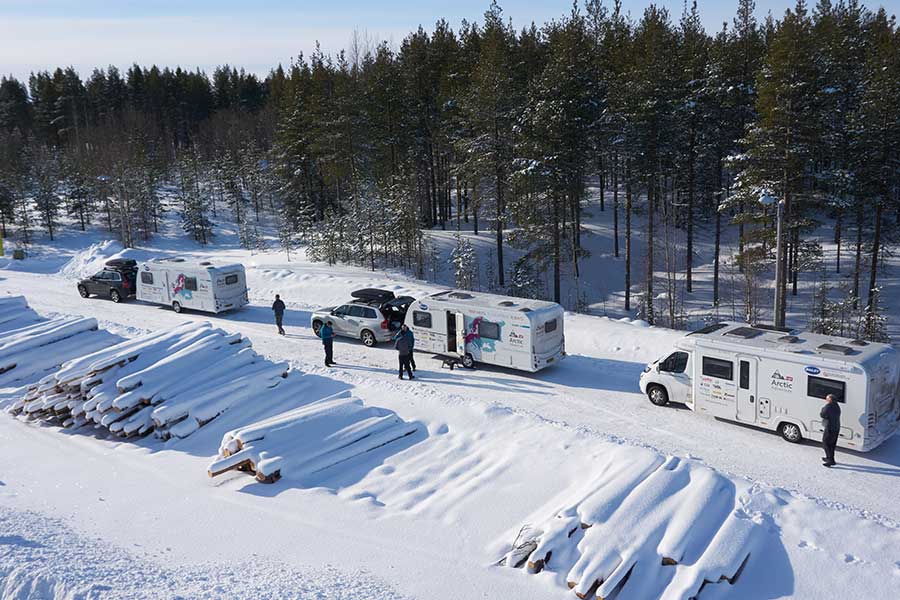
The trip took on the challenge of driving from the UK through Europe and Scandinavia to the Arctic Circle, and meant navigating freezing conditions, icy roads and snowy plains.
During the adventure, Marketing Director Simon Howard said they experienced “the full force of the winter weather”, but that one of the biggest challenges was heating, with “temperatures dropping as low as minus 15 degrees at night and typically minus 5 degrees during the day when you’re above the Arctic Circle”.
Despite the hostile conditions, the Bailey Pursuit caravans and the Autograph motorhome thrived with no issues. Simon comments that “insulation wise, the caravans and motorhome were superb with the Truma heating system in the Pursuit caravans and the Alde system in the Autograph working like clockwork.”
After putting in such an excellent thermal performance in the Arctic Circle, whichever Bailey caravan or motorhome you choose is sure to keep you warm all year round, whenever you decide to travel.
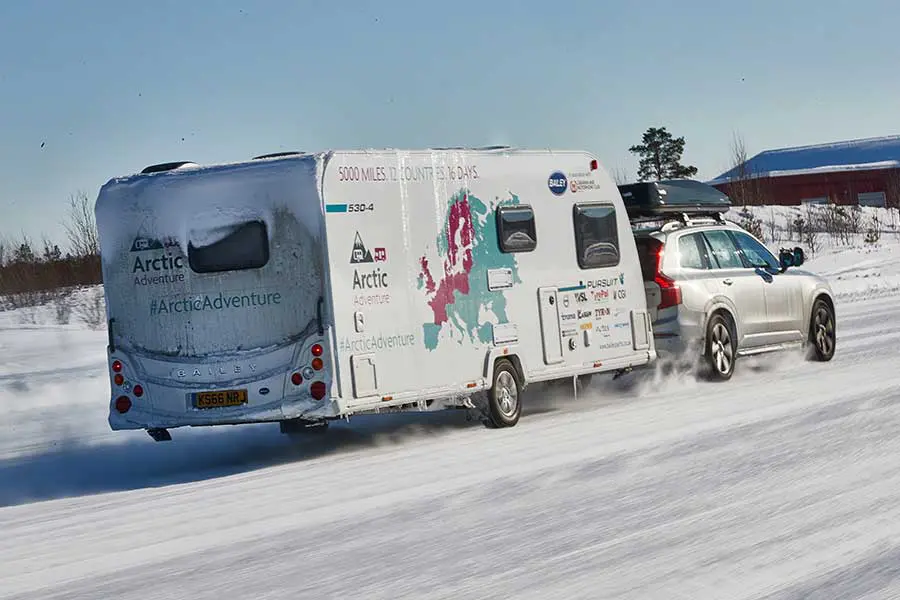
Latest news & events
See all news & eventsCaravan Tech Annual Open Weekend
Caravan Tech, Merriments, Hawkhurst Road, Hurst Green, East Sussex
